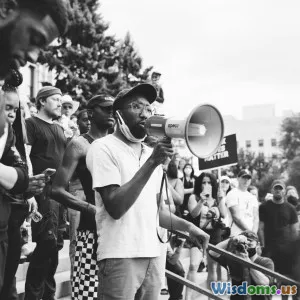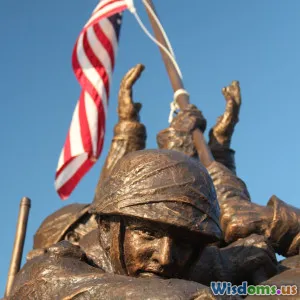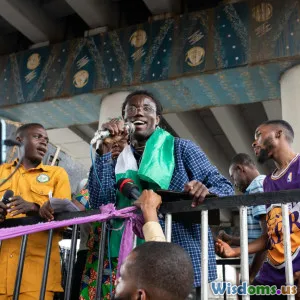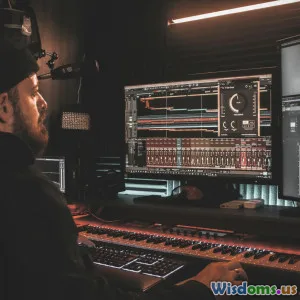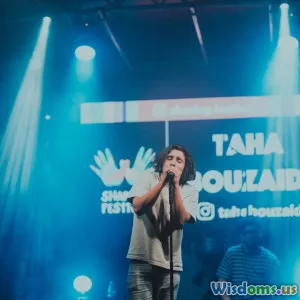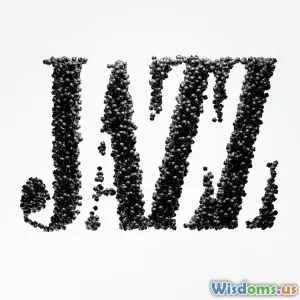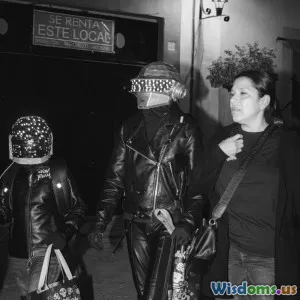
Hip Hop vs Punk Which Genre Drove More Social Change in the 1980s
16 min read Explore how hip hop and punk influenced social change in the 1980s, comparing their impact on politics, culture, and youth movements. (0 Reviews)
Hip Hop vs Punk: Which Genre Drove More Social Change in the 1980s?
The 1980s were a pivotal decade for music and society in equal measure. In urban centers and suburban sprawl, two raw, electrifying musical movements—hip hop and punk—captured the discontent, hope, and rebellion pulsing through a changing world. Their confrontational sounds shattered mainstream norms, while their messages echoed in the streets and on underground airwaves. But which of these two genres drove more profound social change during the turbulent 1980s?
The Cultural Roots of Punk and Hip Hop
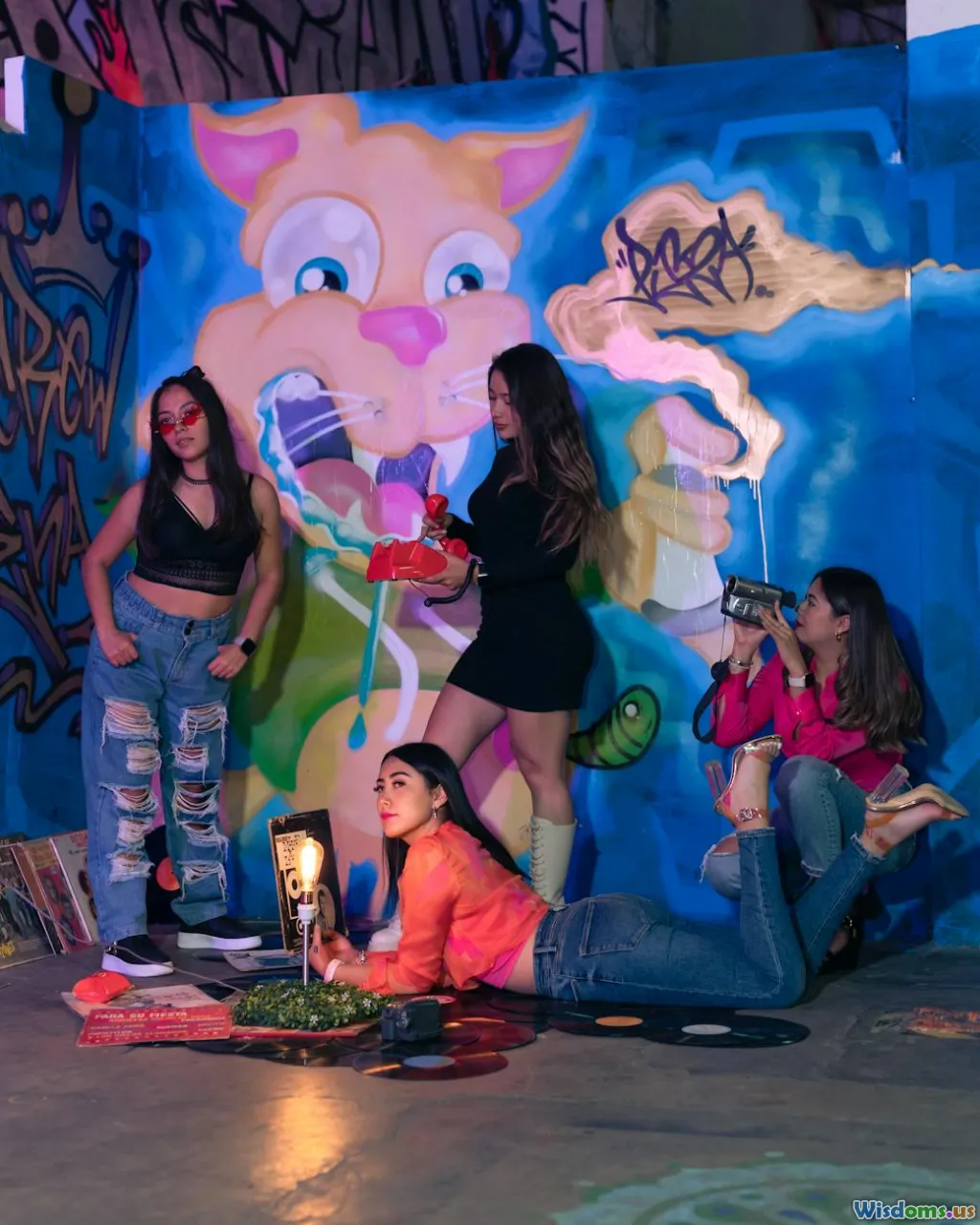
Punk’s genesis can be traced to the crumbling economies and rigid social structures of 1970s New York and London. Bands like the Ramones, The Clash, and the Sex Pistols dressed provocatively and played fast, snarling music as a riposte to the polished excess of arena rock—articulating alienation with lacerating honesty. DIY ethics became gospel: anyone could form a band, argue politics in a zine, or create a show in a dirty club.
Across town—a world apart, yet uncannily parallel—a different kind of revolution brewed. Hip hop rose from the Bronx, born at block parties where MCs rapped over breakbeats and DJs like Kool Herc re-engineered musical performance. Hip hop was more than rap; it included breakdancing, graffiti, and turntablism. Amid urban blight and waning public support, these crafts became life-affirming outlets for Black and Latino youth.
Both genres grew as answers to exclusion and hardship. They became lifelines for the voiceless: punk for white, working-class disillusionment; hip hop for racial and economic injustice. Their parallel births from the margins set the stage for lasting impact.
Defiance on Vinyl: The Political Messages Behind the Music
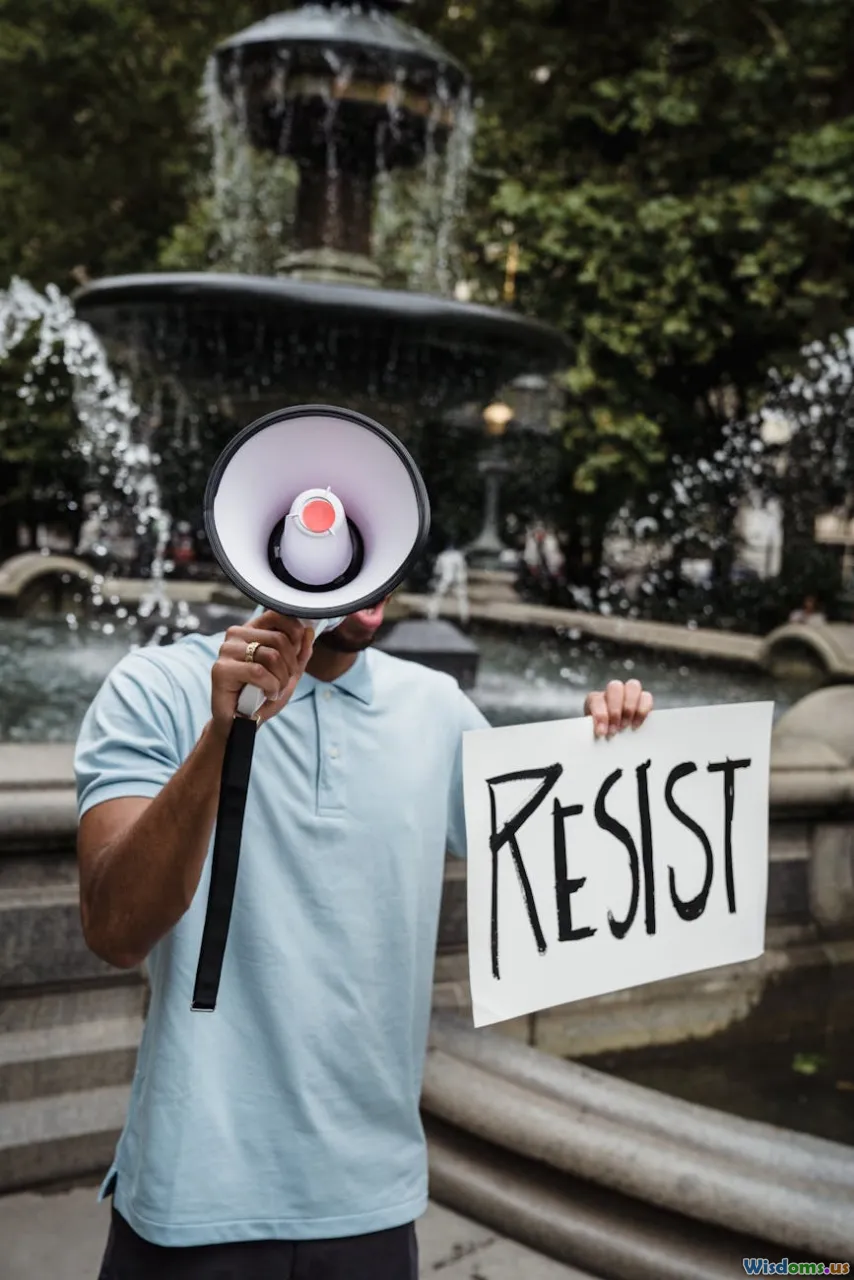
Punk quickly positioned itself as the mouthpiece of rebellion. Lyrics skewered governments, war, and corporate greed. The Clash's "London Calling" (1979) blends punk ethos with public warnings of social decay; Dead Kennedys ridiculed Ronald Reagan's America, and Crass declared anarchy for all. Songs weren't subtle; lines like "God save the queen / she ain’t no human being" left no confusion about their targets.
Hip hop evolved from party music to a deeply political art form by mid-decade. Grandmaster Flash and the Furious Five’s “The Message” (1982) chronicled urban despair with chilling specificity: “Don’t push me ‘cause I’m close to the edge...” Chuck D of Public Enemy dubbed rap "Black America's CNN," using tracks like “Fight the Power” to demand racial justice.
Both punk and hip hop served as urgent dispatches from communities in crisis. Yet, while punk often lampooned power, hip hop increasingly spotlighted systemic inequality, police brutality, and survival. MTV aired Madonna and Michael Jackson, but in dorm rooms and parks, punks and rappers turned music into manifestos.
The DIY Movement: Empowerment Beyond the Stage
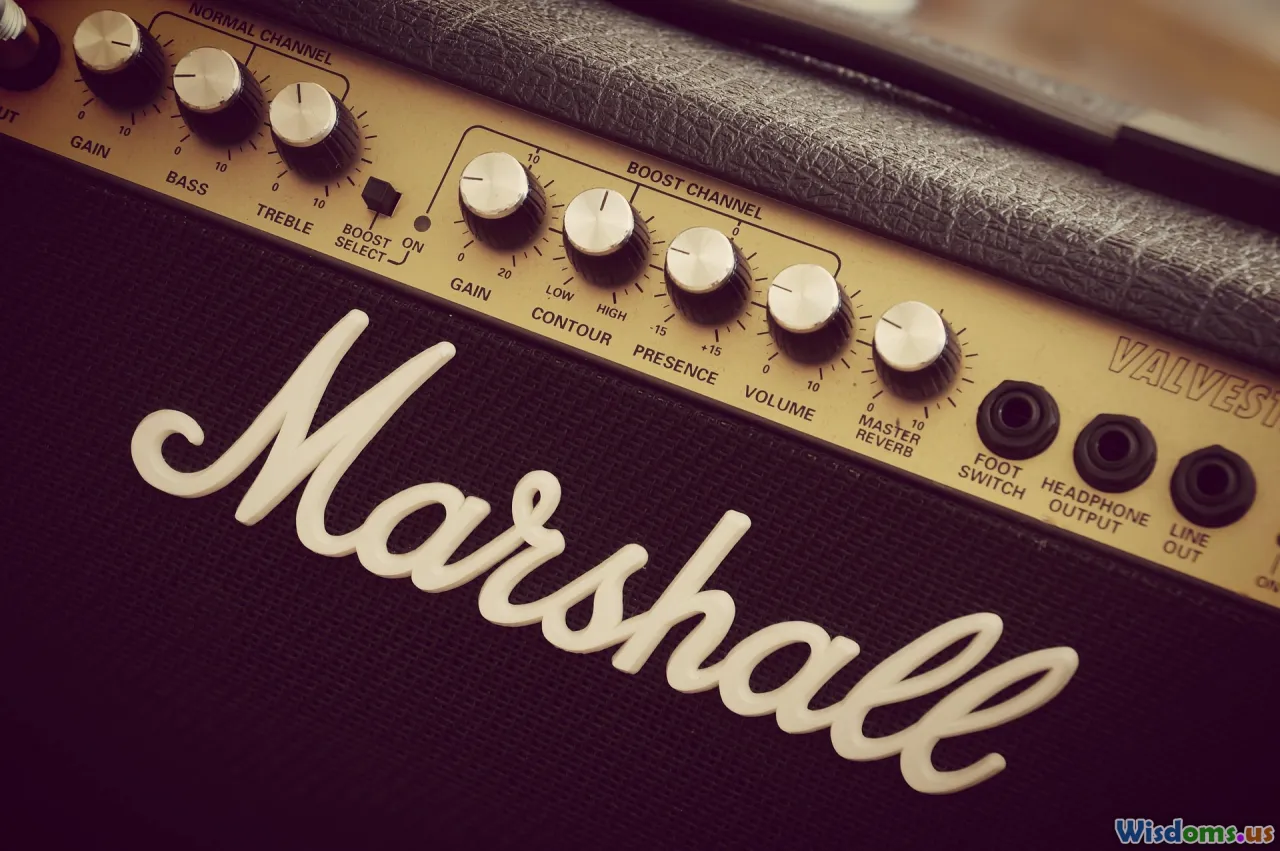
Both punk and hip hop invented their own infrastructures. The major labels spurned them early on, so artists built parallel economies. In punk, labels like SST, Dischord, and Rough Trade enabled bands to print their own records, book tours, and distribute zines. Venues like New York’s CBGB and London’s 100 Club became sanctuaries for misfits; gig posters and handmade shirts amplified the message.
Similarly, hip hop thrived outside boardrooms. DJ Kool Herc’s block parties and Grand Wizard Theodore’s park jams became incubators of talent and innovation well before hip hop entered record stores. Mixtapes distributed by hand became currency of credibility, and crews competed to outwit each other with wordplay and scratching prowess.
These DIY networks helped marginalized youth seize creative control and craft their identities uncensored. In both genres, this sense of ownership fostered community—punks hosting basement shows for hundreds, hip hop heads organizing breakdance battles and mural painting. The empowerment was real and contagious.
Media Attention and Mainstream Pushback
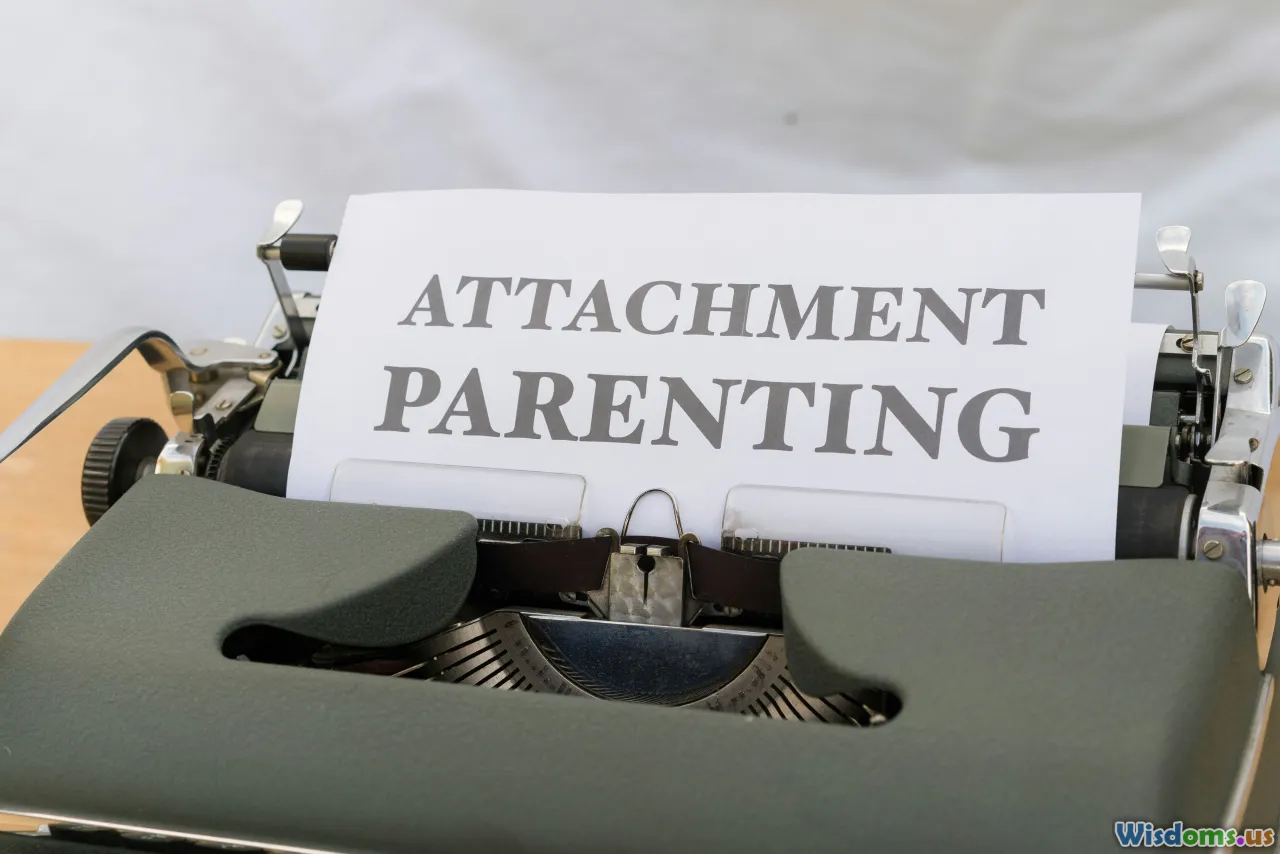
Punk may have shocked the tabloids—think Johnny Rotten spitting on the establishment, or the media frenzy around the Sex Pistols’ “God Save the Queen”—but its path to mainstream cultural infiltration remained bumpy throughout the 1980s. Even as punks appeared on talk shows or hit the college circuit, much of society saw them as outliers or threats. Punk's rough edges and confrontational style kept it largely underground.
In contrast, hip hop’s trajectory toward mainstream scrutiny sparked full-blown moral panics. Early on, radio and video DJs were wary; yet, as Run-D.M.C., LL Cool J, and Beastie Boys scored chart hits, the genre's influence became impossible to ignore. The rise of “parental advisory” warnings, Tipper Gore’s Parents Music Resource Center (PMRC), and national debates about rap lyrics all testified to hip hop’s encroaching sway.
However, both genres benefited from negative attention. Banning a Sex Pistols record or rapping about police violence fueled more curiosity than suppression. For every campaign against “offensive” music, new fans discovered subversive soundtracks—and new participants joined the dialogue.
Representation and Diversity: Who Did Each Genre Lift Up?
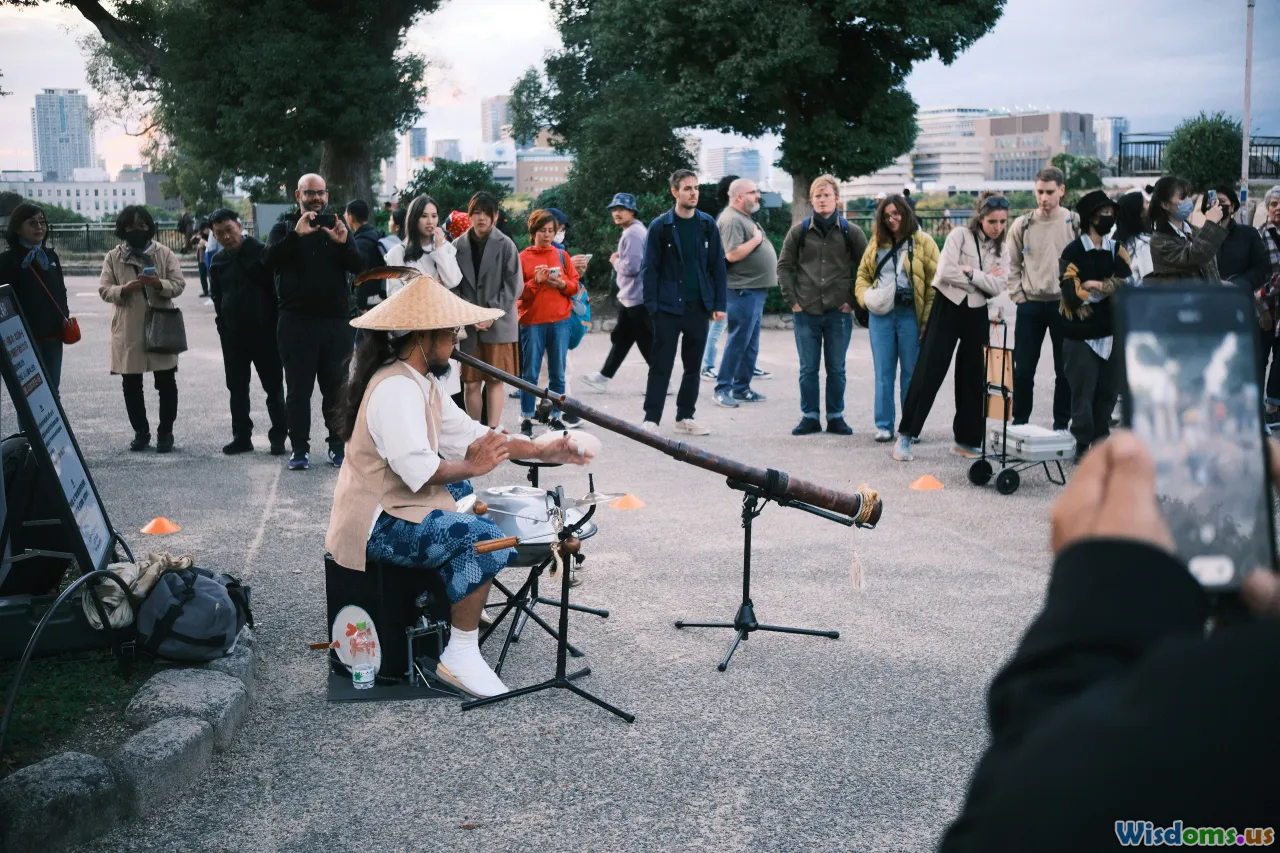
Punk’s raw accessibility inspired a diaspora of bands around the world, from Minor Threat in Washington D.C. to Los Violadores in Argentina or The Saints in Australia. Its gender boundaries were also interrogated by artists like Poly Styrene of X-Ray Spex and Kathleen Hanna, laying groundwork for future feminist movements like riot grrrl in the 1990s. Yet, punk remained predominantly white and male-dominated through much of the 1980s, with notable but limited racial diversity.
Hip hop, conversely, became a vital megaphone for underrepresented Black and Latino voices. Artists like MC Lyte, Salt-N-Pepa, and Queen Latifah broke gender boundaries in a male-dominated scene, while breakdancing and graffiti fostered multicultural crews. Hip hop's central role in giving platforms to the racially marginalized made it indispensable in articulating urban realities too often ignored.
The inclusive spirit was there in punk’s ethos, but hip hop’s impact on actual, visible representation of people of color—especially in the face of media stereotypes—arguably surpassed it during the 1980s.
Tackling Real-World Issues: Lyrics, Activism, and Outcomes
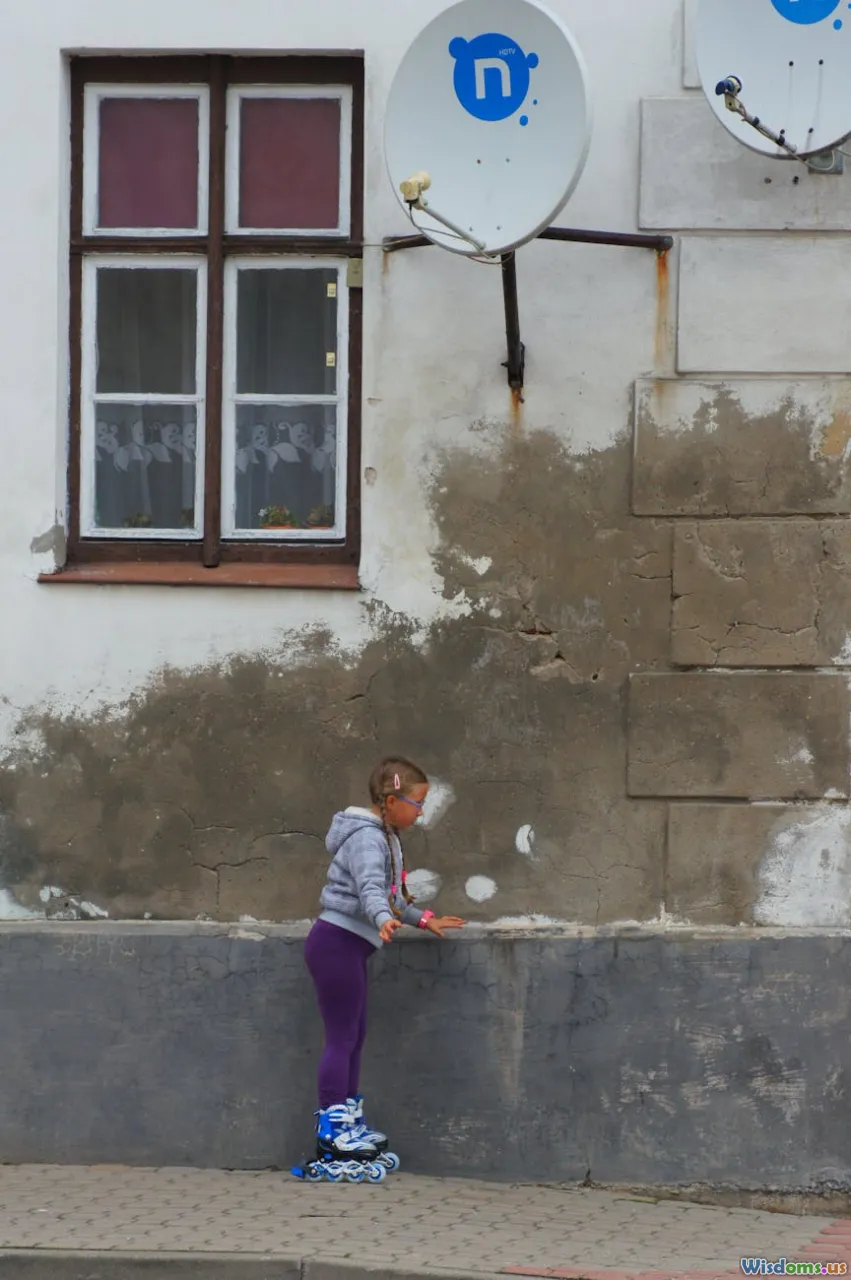
Punk confronted issues ranging from nuclear disarmament and anti-racism to opposition to apartheid. Benefit gigs, such as Rock Against Racism and anti-war rallies, showed punks were activists offstage too. The movement’s outrage, humor, and commitment nudged debates about youth autonomy, censorship, and social norms in Europe and North America.
Hip hop’s activists made equally substantive gains. In 1986, the Stop the Violence Movement—founded by KRS-One after the murder of a peer—mobilized rappers to denounce Black-on-Black crime. With tracks like "Self-Destruction," a cross-section of hip hop royalty emphasized solidarity and self-reflection. Others, like Public Enemy, explicitly called out racial profiling and government abuses—messaging echoed today in movements like Black Lives Matter. Communities rallied around hip hop as resistance and education.
The two genres differed somewhat in focus—in punk, anger at authority sometimes veered into nihilism; in hip hop, community uplift and self-improvement became central themes. Both left marks on the activist landscape, inspiring collective action and political conversations.
Global Impact: How Soundwaves Crossed Borders

Punk’s quick internationalization is legendary. Within a few years, scenes had mushroomed in cities from Tokyo to São Paulo, often adapting the sound to local political grievances. Eastern Europe’s underground punk culture quietly emboldened anti-Communist youth; Polish bands like Dezerter offered subversive commentary under the nose of the state.
Hip hop followed a similar pattern, though it lagged slightly behind. By the late 1980s, French, German, and Japanese crews were rapping in native languages, using hip hop as a vehicle for political dissent and cross-cultural expression. In South Africa, emerging hip hop fusions accompanied anti-apartheid activism. This global resonance proved hip hop's themes—inequality, survival, creative expression—were not uniquely American concerns.
Both genres adapted to local struggles, subtly changing societies around the globe. English may have been punk’s lingua franca, but hip hop’s narrative model—telling unvarnished life stories—quickly found universal appeal.
Fashion Statements as Acts of Rebellion
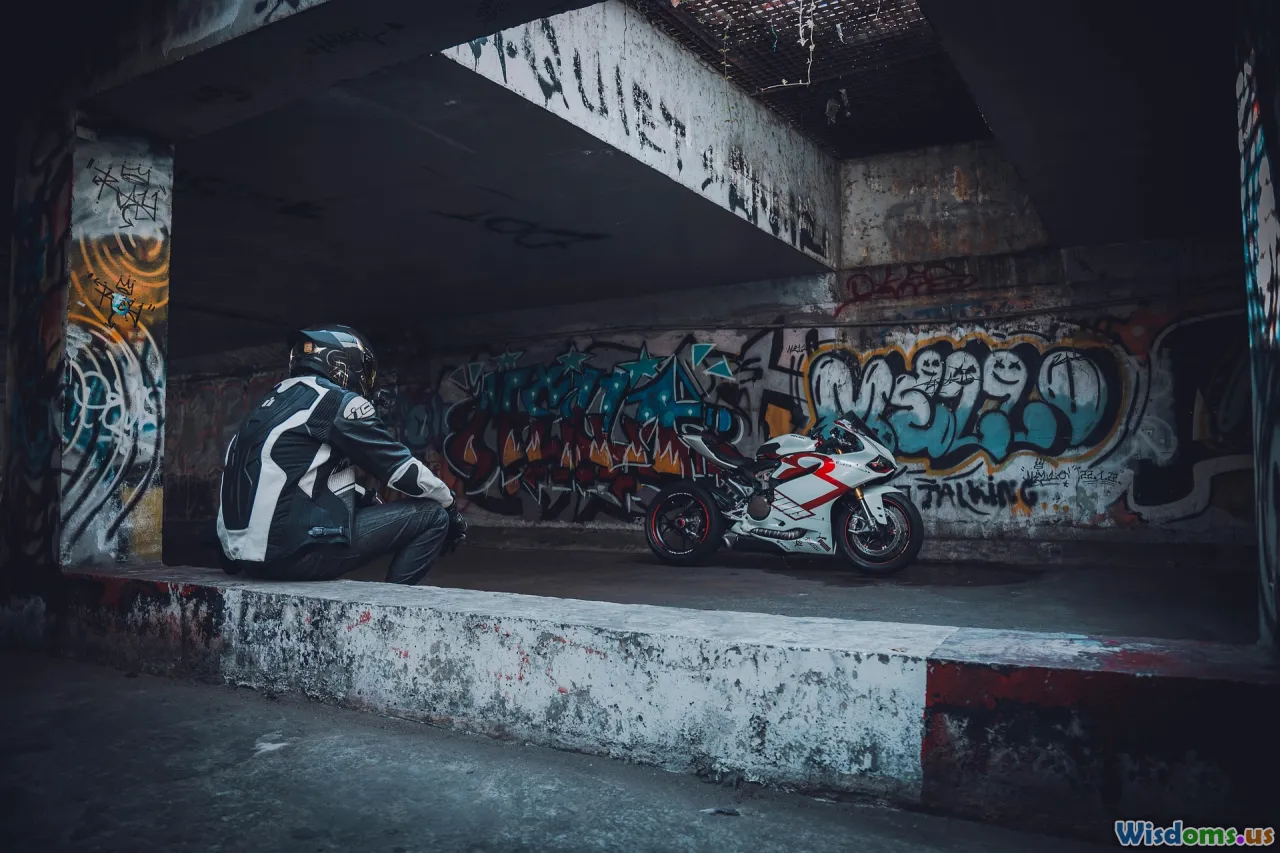
Clothes made the music visible. Punk reimagined personal aesthetics with ripped jeans, safety pins, black leather, and wild Mohawks—an explicit badge of outsider status. Vivienne Westwood’s and Malcolm McLaren’s Sex boutique sold the uniform of anarchy. For every bright shirt or spiked collar, there was a message: reject conformity, own your image.
Hip hop’s sartorial revolution was equally influential. Kangol hats, gold chains, tracksuits, Cazal sunglasses, Adidas Superstars—these were transformed from mere style into signifiers of cultural pride, street smarts, and creative originality. Sneaker culture, birthed in the ‘80s, owes its global dominance partly to early hip hop icons. Graffiti art likewise spilled onto jackets and subways, a wearable rebellion against erasure.
These injected new confidence into the daily self-expression of millions, empowering marginalized youth to claim space in a society that tried to render them invisible.
Measuring Lasting Social Change: The '80s and Beyond
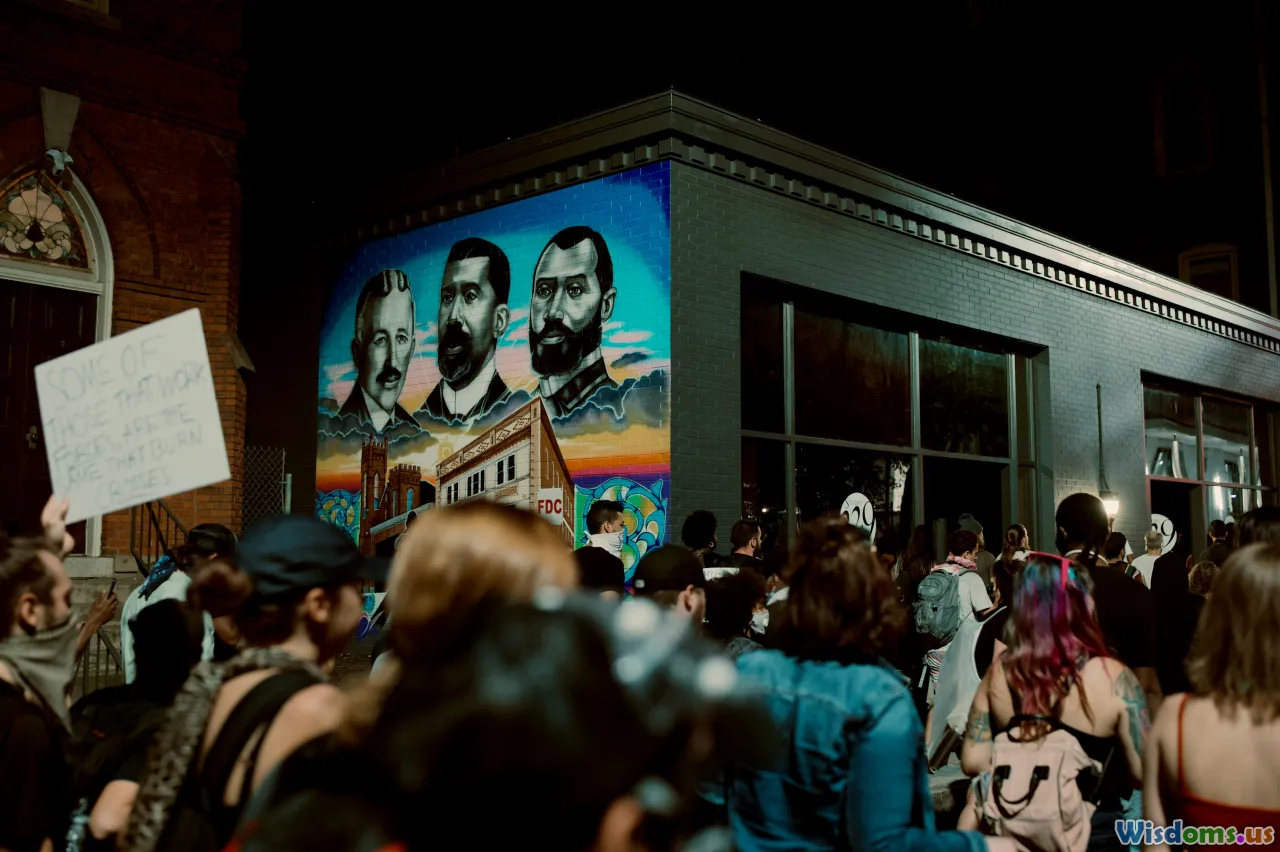
Evaluating social change is tricky, yet the legacies are clear. Punk’s irreverent, confrontational rejection of social norms laid groundwork for DIY movements, underground political organizing, and alternative cultures seen in the decades since. Punk’s later offshoots (hardcore, Riot Grrrl, anarcho-punk) turbocharged dialogue about gender, policing, and autonomy from authority.
Hip hop’s impact is perhaps even broader. By amplifying voices from the margins, it redefined pop culture, fashion, and language itself. Today, hip hop is the world’s most popular music, a direct lineage from those outer-borough jams. Its power as an agent of social critique has only grown; campaigns from voting rights to criminal justice reform now universally court hip hop’s icons. Declared by UNESCO in 2023 as "an intangible cultural heritage," hip hop’s institutional legitimation underscores its lasting transformative force.
Neither genre alone can take sole credit for the shifts in attitude, activism, and self-expression that have since rippled outward. Yet, few would dispute that by the end of the '80s, both had given new hope to struggling youth worldwide—and planted seeds of change that would reshape society for generations.
In comparing punk and hip hop, it’s hard to declare an outright victor in the contest of social impact. Punk taught youth to rebel, to build outside the system, and to demand justice in their own loud, messy ways. Hip hop picked up the torch, broadcasting unfiltered truths about race, poverty, and power with unmatched urgency. Together, they made the 1980s sound—and feel—like a revolution in motion. Their echoes are everywhere today, testaments to the transformative potential of creative unrest.
Rate the Post
User Reviews
Popular Posts










